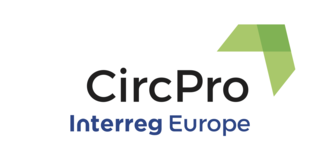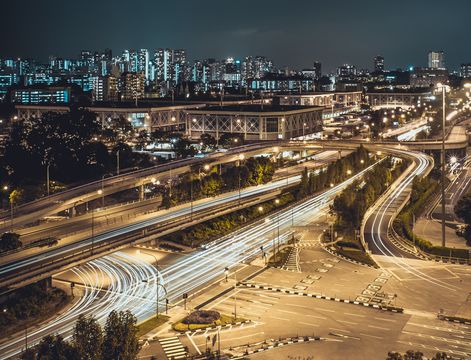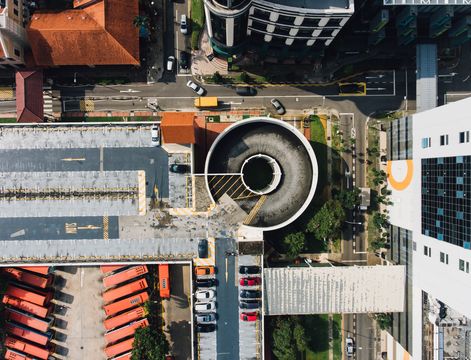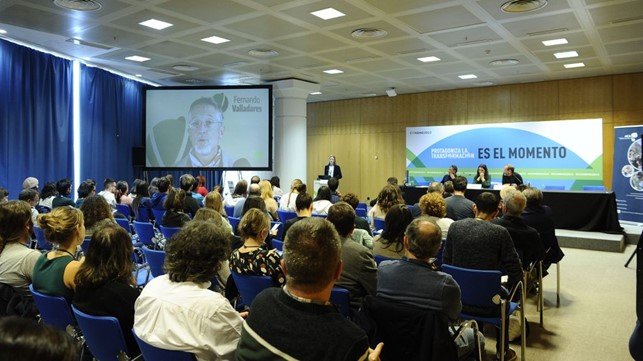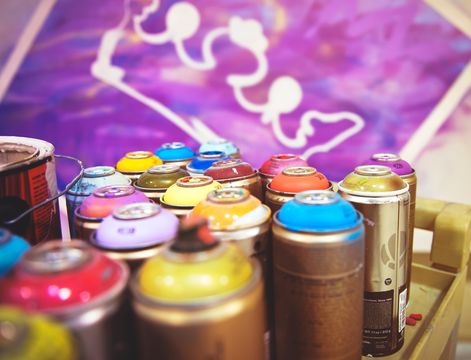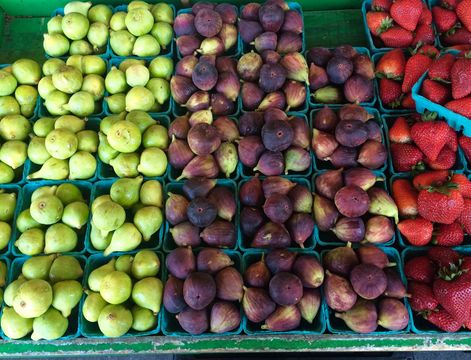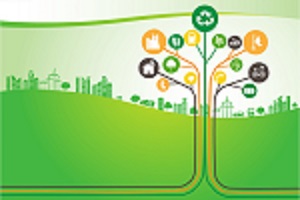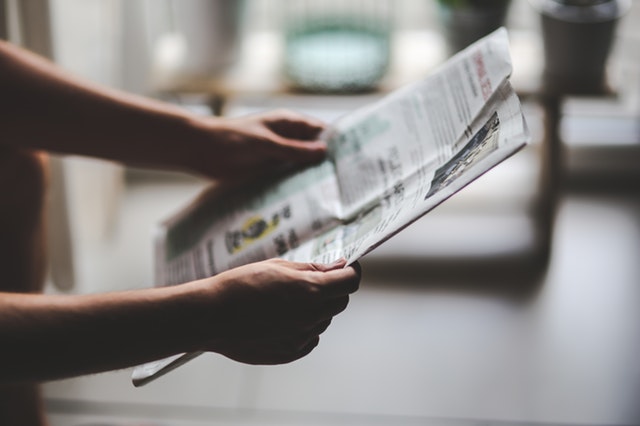Circular Economy in Textile Sector: the Golden Age of Waste
Thanks to fast fashion’s linear model of take, make and waste, the fashion industry has earned itself a place among the most polluting industries worldwide. Growing concerns have paved the way for an alternative, sustainable ways of organizing textile production. One of them is the circular model of the textile industry.
Ecological footprints of the textile industry. How big is it?
A dominant linear model of clothing production, marketing, and wear consumes a huge amount of natural resources and has numerous negative environmental and societal impacts. In recent years, the overall size of the textile and clothing industry in the EU represented a turnover of €178 billion. Unfortunately, inside this massive industry, large amounts of non-renewable resources are almost wasted due to the increasingly disposable nature of clothing.
According to Global Fashion Agenda and Greenpeace reports, nearly 3/5 of all clothing produced in the world are sent to landfills or incinerated in one year after their production. More than €460 billion of value is lost every year due to clothing underutilisation and the lack of recycling. In Europe alone, around 5.8 million tons of textiles are thrown away every year. Less than 1% of the material used to produce clothing is recycled into new clothing, representing a loss of more than €92 billion worth of materials each year. Moreover, a total greenhouse gas emission from textile production, at 1.2 billion tonnes annually, are more than those of all international flights and maritime shipping combined. Textiles production also uses around 93 billion cubic metres of water annually. To make it easier to imagine, on average 7,000 litres of water are used to make one pair of jeans. Also, the textile industry has been identified as a major contributor to the issue of plastic entering the ocean – around half a million tonnes of plastic microfibres shed during the washing of plastic-based textiles end up in the ocean annually.
Solution: Circular Fashion
These complex problems make it clear – linear system is ripe for disruption. It is vital to see garbage as a resource and circular model of the textile industry is the one fostering this vision. Inside circular model fabrics and fibres are kept at their highest value during use and re-enter the economy after use, never-ending up as waste. This ensures the reduction of negative environmental impact and efficient use of resources. The circular model of the textile industry is based on the following goals, in line with the principles of the circular economy, offered to the industry to take advantage of opportunities not exploited by the linear economic model.
In line with E. MacArthur Foundation, industry must transform the way clothes are designed, sold, and used to break free from their increasingly disposable nature. To implement these changes, the action is needed on the development and promotion of short and long-term clothing rentals. The durability of clothing and other textiles must become an attractive value, encouraged by manufacturers and nurtured by consumers. Moreover, it is necessary to radically improve recycling processes. Coordinated actions, involving designers, buyers, textile collectors, recyclers, and innovators, are required. Also, products must first and foremost be made for recycling, using as few raw materials of different origins as possible that can no longer be separated during the recycling process, and ensuring easy removal of all additional pieces (zippers, buttons, labels, etc). Furthermore, it is necessary to reduce the use of harmful substances and microfiber release into the oceans. A new textiles economy needs to ensure that the material input is safe and healthy to allow cycling and to avoid negative impacts during the production, use, and after-use phases.
Circularity through public procurement
An efficient way to create incentives for the transition towards a circular model of textile production could be through public procurement (PP) mechanism. A significant amount of textile demand comes from PP that covers clothing for military, police, firefighters, medical staff, etc. PP has an important role to play by choosing environmentally friendly textiles thus promoting and supporting green innovation and the transition to a circular model of production. Green PP is only a small step towards shaping a more environmentally friendly textile industry, thus the public sector is encouraged to practice circular PP. The potential of circular economy in textiles also can be used through the PP of services, e.g. renting instead of buying uniforms or creating a take-back system with the supplier who later renews the materials for new clothing. As a large proportion of textile PP involves durable products the long-term partnerships created by circular PP encourage the development of modern service systems that benefit both the contracting authority and the supplier.
